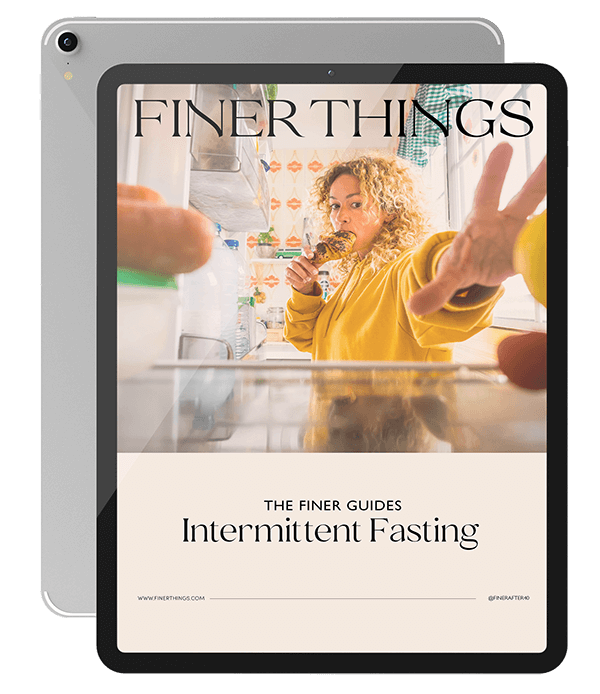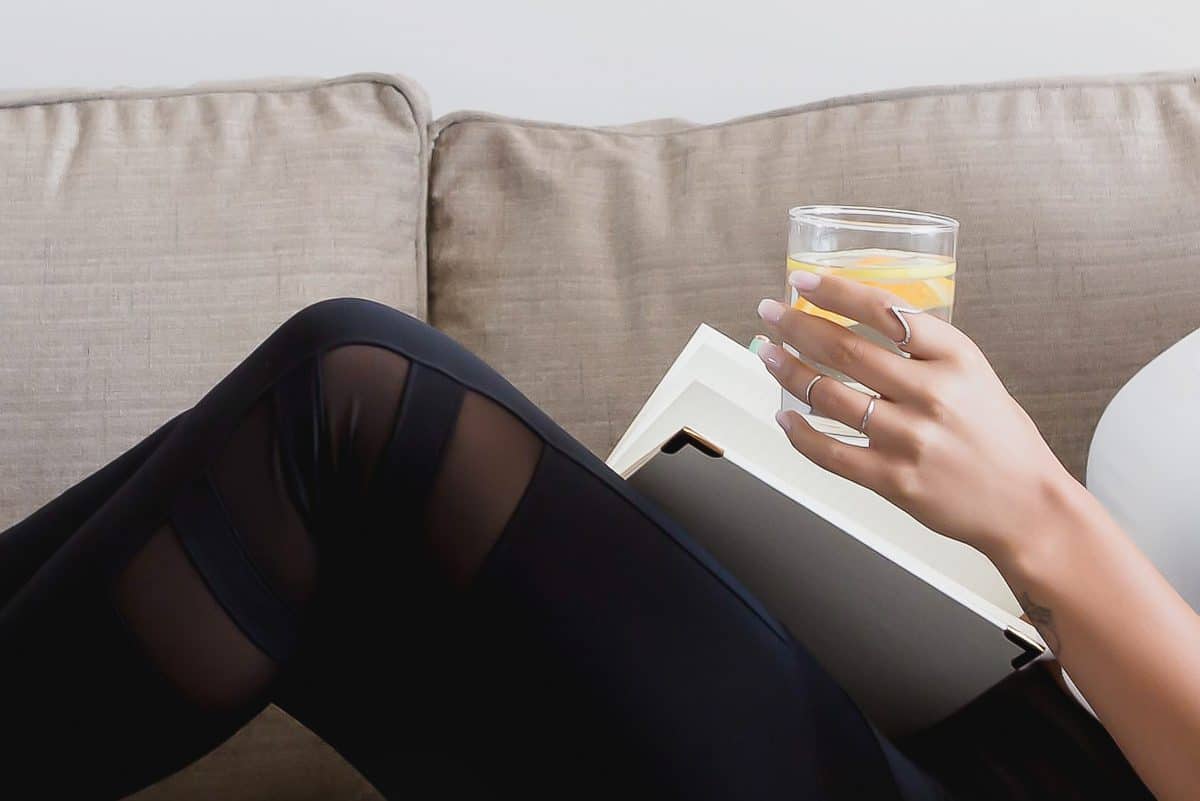How to Safely Shop for Clothes as Things Open Up Post-Pandemic

By Franki Hanke
If the beginning of the coronavirus pandemic was for Marie Kondoing, now we’re ready to shop again.
Since the coronavirus pandemic’s initial spread, we’ve been in lockdown of varying degrees for nearly a year. By now, we’ve decluttered and reorganized our closets twice just to do something, so the urge to return to normal shopping habits is understandable, but it should only be fun if it’s safe. Before you head out assuming safe, post-pandemic shopping, make sure it will be safe for you.
Should I shop in person despite COVID?
Since the Center for Disease Control regarding masks, most states are relaxing guidelines and reopening retail stores. However, there are still 7,000+ new cases daily United States of America alone. Reopening itself is not a sign that things are entirely safe again. Especially for those of us over 50 who are most vulnerable to this virus.
In Los Angeles, malls have been reopened since October 2020, but the end of January 2021 saw 5900+ new coronavirus cases daily. As of June 2021, daily cases are down to 181 for the weekly average.
In New York, malls have been reopened since September, but the end of January 2021 saw 4600+ new coronavirus cases daily. As of June 2021, daily cases are down to 362 for the weekly average.
Nationwide, the Center for Disease Control (CDC)’s COVID Tracker shows the case numbers by county and state. Vaccinations have slowed the spread considerably, but vaccination rates differ place to place. Now, the DELTA variant is re-introducing increased risk.
Before you shop in-store, check the vaccination rates of your location and judge how likely it is that all shoppers will truly be vaccinated. 11 of the United States have lagged considerably behind the nationwide vaccination levels, which increases the risk of in-store shopping even now. The New York Times reported these states as Alabama, Arkansas, Louisiana, Mississippi, North Carolina, Tennessee, Georgia, Idaho, and Missouri where at least 20% of older adults (those with the highest risk) are not vaccinated. West Virginia and Wyoming are close, but slightly above, the 20% rate.
Without vaccinations, the relative safety is considerably lower.
How Coronavirus Spreads in a Store
Prior to shopping in-store, you should be vaccinated. Vaccination is the best way to protect yourself and others. If you’re not already vaccinated, find a vaccination site near you.
For those who are unvaccinated, the expectations haven’t changed:
The bare minimum requirements for public spaces should be social distancing of at least six feet between patrons and consistent use of face masks and face coverings. Coronavirus is primarily spread through droplet transmission, however, those droplets can be incredibly small. According to the Center for Disease Control (CDC), airborne and surface transmission is possible (though less common).
We wear masks and keep our distance from other people as those drops can’t spread through a physical barrier or will fall to the ground before reaching someone else with enough distance.
So, before you even consider shopping in-person at clothing stores, ask yourself.
→ Am I comfortable wearing a face covering for as long as I am out?
→ Will I feel hot/uncomfortable wearing a face mask while shopping?
If you won’t be comfortable wearing a mask, do not shop in person. Going out to clothing stores if you’re not going to stick to the safety guidelines set by those retailers and, more importantly, the CDC, is a dangerous risk for yourself and others.
For those who are vaccinated, most places will allow you to shop mask-free.

What about stores doing it safely?
Some retailers have created new guidelines for safer reopening. Check the websites or call to ask about the key details of their COVID response.
→ How is social distancing being enforced?
→ How often are they disinfecting fitting rooms?
→ How tight are the dressing room spaces?
→ How are they enforcing face mask usage?
→ Is hand sanitizer or disinfectant available by all high-touch surfaces?
→ Is contactless payment available?
If this information isn’t available, that is a sign of poor preparation on the retailers’ side.
Get The Finer Life
Our Sunday email has tips and content you will love – exclusively for our subscribers.
"*" indicates required fields
Nordstrom
Nordstrom is limiting occupancy to allow for proper social distancing, cleaning dressing rooms between each user, and increasing their cleaning routines.
Macy’s
Macy’s has reportedly increased air ventilation, increased cleaning procedures, and installed plexiglass shields at checkout.
Even as the spread of Covid-19 declines, the measures and habits that emerged during the pandemic will continue to decrease the rate of the infectious spread between any unvaccinated people and vaccinated carriers for coronavirus. Plus, it will do the same for other, similarly spread viruses.
How can I shop in-store as safely as possible?
There is no way to make shopping in-store risk-free. There are inherent risks for yourself, your loved ones, and the strangers you come in contact with. Despite this, if you’re going to shop in-store, do so with serious safety guidelines in place. While many retailers might look inside like coronavirus is gone, cases are still high in many places.
Wear a Mask (Preferably a Medical Mask)
If you’re unvaccinated and you’re not going to wear a mask at all times, do not go out. Face coverings are the bare minimum for unvaccinated people.
If you have access, a medical mask is more reliable at blocking droplet transmission than cloth or homemade masks. Doubling up your homemade cloth masks also increases their efficacy if you cannot access a medical mask.
Prepare Contactless Payment
If you have an iPhone, set up Apple Pay to pay with a contactless ‘tap’ in participating retailers.
Carry Hand Sanitizer
Make sure your hand sanitizer is 60% or more alcohol. Opt to wash your hands when possible rather than always defaulting to hand sanitizer.
Plan for the Worst
Before going in-store, consider what your hard limits will be for bailing on the shopping spree with information on your specific region: a large number of people inside, anyone not masked, or poor social distancing are good reasons to ditch the clothing stores entirely if you live in a place with low vaccination rates.
If you are exposed, plan what you will do.
→ Can you take time off work to safely recover? Will that be paid leave?
→ Is anyone in your care or home that will also be exposed now? Where can they go to quarantine from you if you’re exposed?
What’s the safer alternative?
Until everyone eligible has been vaccinated for coronavirus, the safer alternative for your shopping fix is online shopping. Transmission from objects (called fomite transmission) is incredibly low (with COVID-19). So, rather than going out at all, shop online and try things on in the comfort of your own home. Plus, you can stay comfier at home anyways!
Be Smart When You Shop Online
For your best experience, develop some shopping habits specific to online shopping.
Take your own measurements.
Know more than your sizes, but all your measurements. This makes judging online notations much more specific. You can also measure some of your favorite clothing against inseams and other measurements online to better gauge how fit will be before ordering.
Check return policies.
Before ordering anywhere, know their return policy. Ensure that your items will be eligible for return and how you do it. Some establishments charge a restock or shipping fee for returns, so know that ahead of time. Nordstrom and ASOS have some of the smoothest return processes online, in my opinion.
Maximize money back.
Pick one of the popular coupon or money-back sites like Rakuten to get money back on your online purchases.
Try Specialized Services for Safer Post-Pandemic Shopping
Rather than browsing online clothing stores traditionally, try out the specialized options available online.
Prime Wardrobe
Amazon’s Prime Wardrobe allows you to pick out and try eight items and try them on for a week before purchasing.
Stitch Fix
Stitch Fix is a personal styling service that delivers you items based on a quiz and questionnaire about your style and needs.
Secondhand
ThredUp, Poshmark, Depop, and other secondhand retailers are an environmentally and wallet-friendly ways to shop online during COVID. Ultimately, it’s much safer to change your shopping habits even as we see the rates of coronavirus decline to prioritize online shopping. For you, for store employees, and for our entire community, embrace having at-home fashion shows—which are more comfortable than dressing rooms anyways.

Want a Free Guide?
You will receive our free 19-page guide and access to our exclusive content, private invitations, and tips you’ll love.
"*" indicates required fields
Facebook Group

